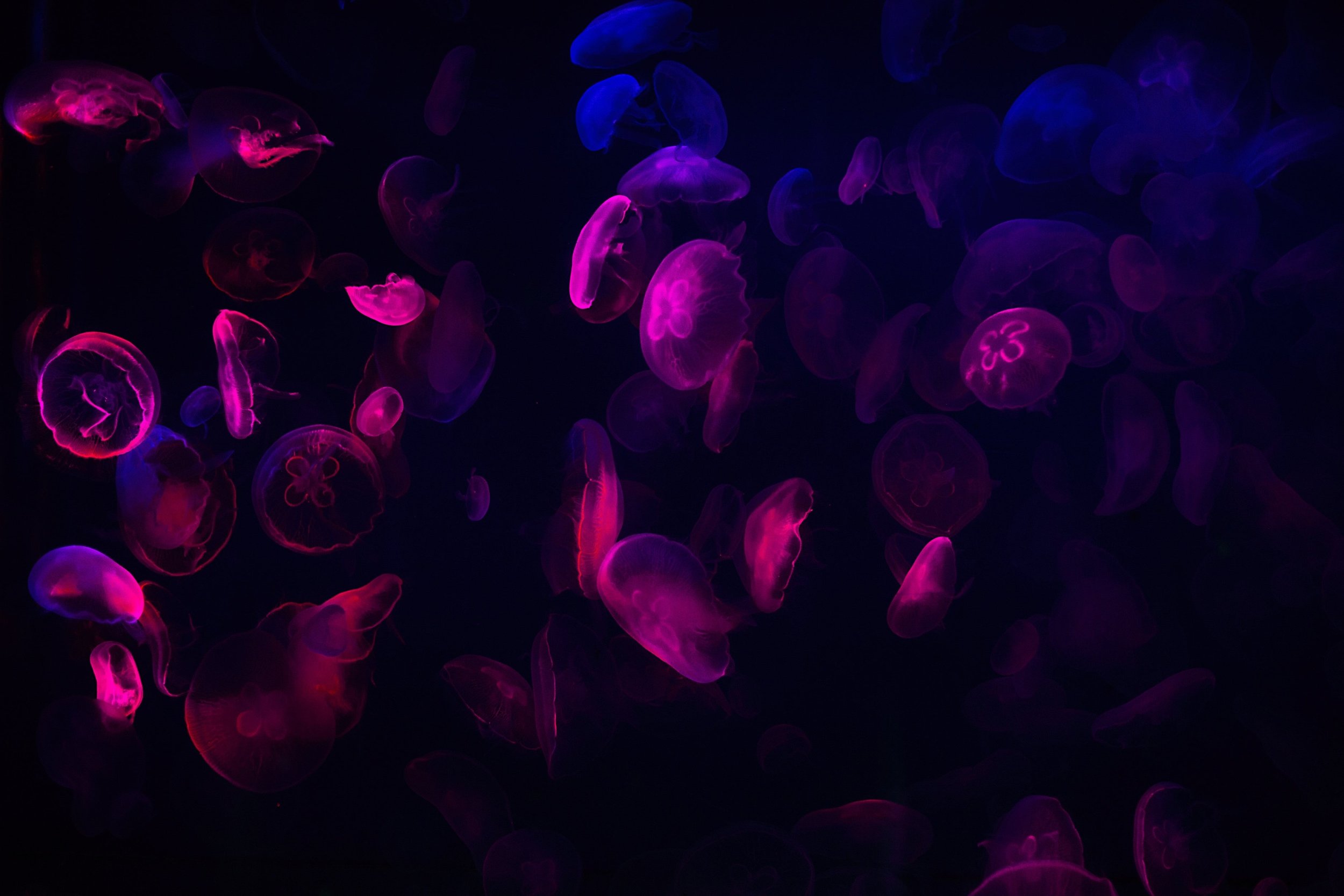
Unit 53: Spherical Refractive Surfaces & Lenses
Practice Problems

Note: problem difficulty is ranked using a star system.
(*) One-star problems are fundamental to the unit, and can be done relatively quickly. Use these problems to introduce yourself to the material.
(**) Two-star problems are more difficult, and require an understanding of one or two key concepts. Use these problems to test your understanding of the material.
(***) Three-star problems are the most difficult, and require some creative thinking in addition to a deep familiarity with multiple key concepts. Use these problems to challenge yourself; if you can complete one of these, you’re on your way to mastering the material.
*Q53.1) A biconvex lens has a radius of curvature of 10cm on both its sides, and an index of refraction of 1.5.
a) What’s the focal length of the lengths in cm?
b) What’s the power of the lens in diopters?
c) If an object is placed 30cm in front of the lens, where would the resulting image form?
**Q53.2) You look through a biconvex lens of focal length 20cm at a 1cm-tall object placed 50cm in front of the lens.
a) Where does the image form?
b) Is the image real or virtual?
c) What’s the height of the image?
d) Is the image upright or inverted?
**Q53.3) You look through a biconcave lens of focal length 20cm at a 1cm-tall object placed 50cm in front of the lens.
a) Where does the image form?
b) Is the image real or virtual?
c) What’s the height of the image?
d) Is the image upright or inverted?
***Q53.4) A biconvex lens is placed 5cm in front of a biconcave lens, and a 2cm-tall object is placed 40cm in front of the biconvex lens. Both lenses have focal lengths of 10cm. As you look at the object through both lenses (with your eye closest to the biconcave lens):
a) Where does the final image form?
b) Is the final image real or virtual?
c) What’s the height of the final image?
d) Is the final image upright or inverted?
